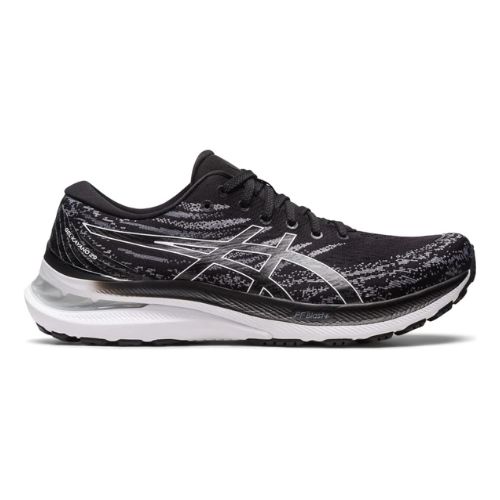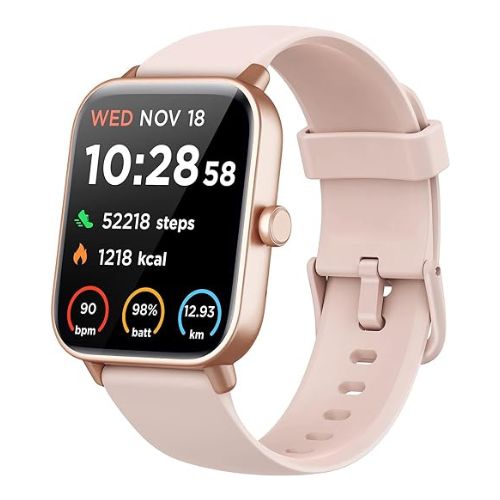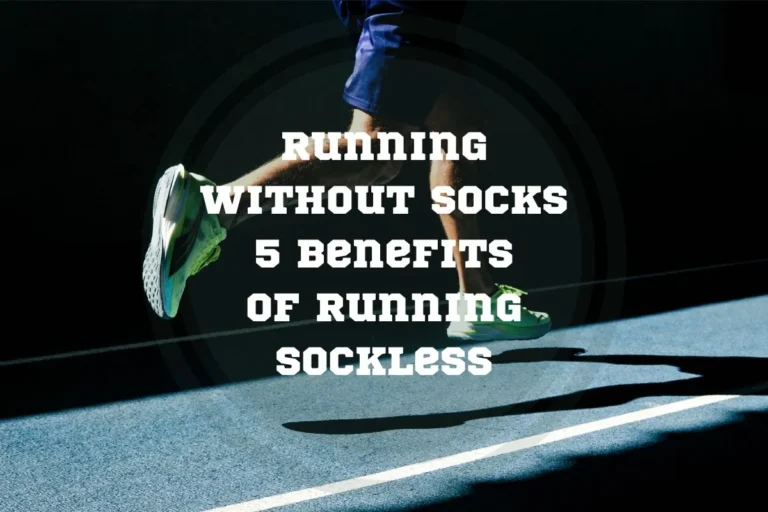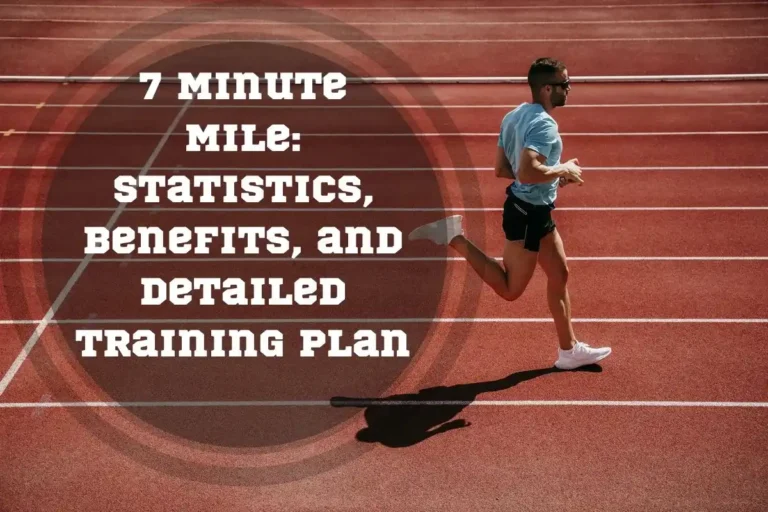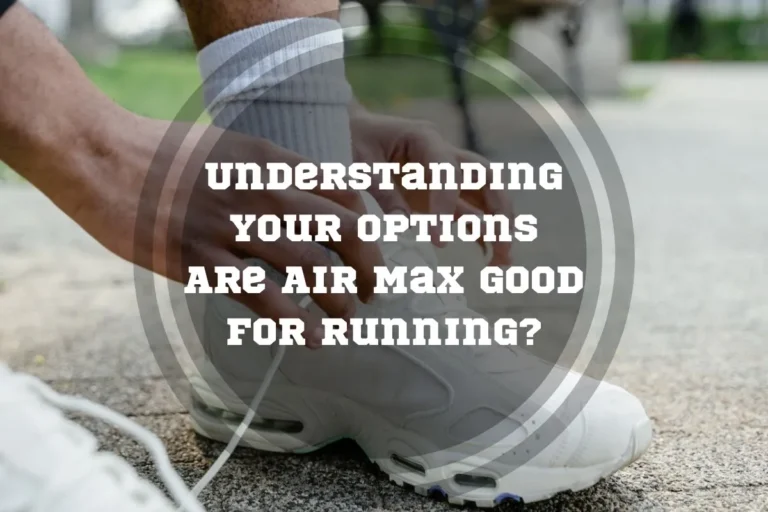Sub 20 min 5k Training Plan From European Athletics Championships Silver Medalist
A 5k race is popular for runners of all levels, from beginners to seasoned professionals. Completing a 5k race is a great accomplishment, but what makes a good result? Many runners aim to run faster, so they may need a sub 20 5k training plan.
So how to run a sub 20 5k? In this post, we will explore what a sub 20 5k is, who chooses it, and provide a detailed training plan for both beginners and experienced runners. Let’s wait no longer!
How to prepare for Sub 20 5k?
The sub 20 minute 5k training plan includes speed work, tempo runs, and easy mileage to build endurance and increase your pace. Don’t forget to stay hydrated, fuel properly, and get enough rest throughout the training week, and you will succeed.
Is a 20 minute 5k Good Result?
One of the most common goals for runners is to complete a 5k race in a certain time. The 5k race is a distance of 5 kilometers or 3.1 miles. The sub 20 minute 5k is a popular time goal for runners, but is it a good result?
What is a 20 Minute 5k?
The 20 minute 5k means a runner can complete the 5k race in 20 minutes or less. It requires a pace of 6 minutes, 25 seconds per mile, or 4 minutes per kilometer. Many runners consider this time a good result, but it is not an easy goal to achieve.
Is it Easy for Beginners and Experienced Runners?
A 20 minute 5k is not an easy result to achieve, whether you are a beginner or an experienced runner. It can take beginners months of training to achieve this time. Experienced runners may find it easier to reach the 20-minute mark, but they still need to maintain a high level of fitness and training. It is important to set realistic goals and work towards them gradually.
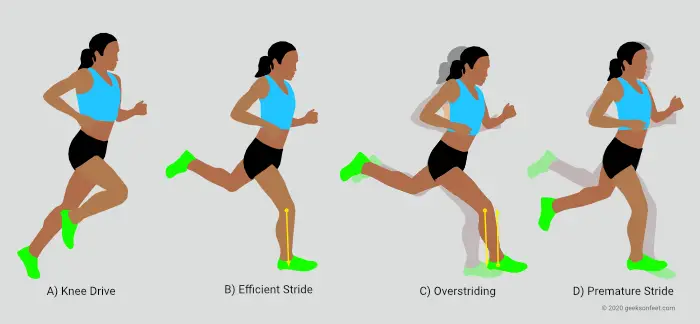
Average Running Performance
So how fast is a 20 minute 5k? The average 5k time varies depending on age, gender, and experience level. To give you an idea of what to expect, here is a table of the average 5k times for male and female runners, both beginners and experienced, in different age groups.
The average 5k time for Males and females
| Age Group | Male Beginner | Female Beginner | Male Experienced | Female Experienced |
|---|---|---|---|---|
| 18-34 | 27:58 | 34:21 | 22:40 | 28:39 |
| 35-54 | 28:59 | 36:23 | 24:07 | 30:16 |
| 55-74 | 33:01 | 41:05 | 28:07 | 34:23 |
As you can see, the average 5k time for a beginner is around 30 minutes for males and 38 minutes for females. For experienced runners, the average time is around 25 minutes for males and 32 minutes for females.
A 20 minute 5k is a good result for runners, but it requires a high level of fitness and training, regardless of your level. Remember that everyone has different abilities and limitations, so focus on your progress rather than comparing yourself to others.
Subscribe to Our Running Newsletter!
Get free running tips from renowned professional athletes and discounts from top-notch brands.
What Is a 20 minute 5k Pace?
For beginners, achieving a 20 minute 5k pace may take time and hard training. It is important to start with a comfortable pace and gradually increase your speed over time. A beginner runner may aim for a 10 or 11-minute mile, resulting in a 30-35 minute 5k time. As you progress, you can work on increasing your speed, aiming for a sub-30-minute 5k before attempting a 20-minute 5k pace.
Experienced runners, on the other hand, may already have a solid running and fitness base. They may already have completed several 5k races and understand their pace well. For experienced runners, achieving a sub 20 5k pace may be a reasonable goal. You can work on speed and interval training to improve your pace and achieve your goal.
So what pace is a 20 minute 5k? Here is a table of speed per mile for a 5k, which can help you determine your pace and work towards achieving a 20 minute 5k:
Average pace to run 5k
| 5k Time | Mile Time | Speed per Mile |
|---|---|---|
| 20 min | 6:26 min/mile | 9.3 mph |
| 25 min | 8:02 min/mile | 7.5 mph |
| 30 min | 9:39 min/mile | 6.2 mph |
| 35 min | 11:16 min/mile | 5.3 mph |
| 40 min | 12:52 min/mile | 4.7 mph |
5 Tips How to Prepare for the Race
A sub-20 5K race is an impressive feat that requires dedication and preparation. Running a sub-20 5K can be daunting, but it is achievable with the right training, preparation, and mindset. Whether you are a seasoned runner or a newbie, training for a sub 20 minute 5k can be challenging. To help you achieve your goal, we have compiled a list of five essential tips to prepare for the sub-20 5K race.
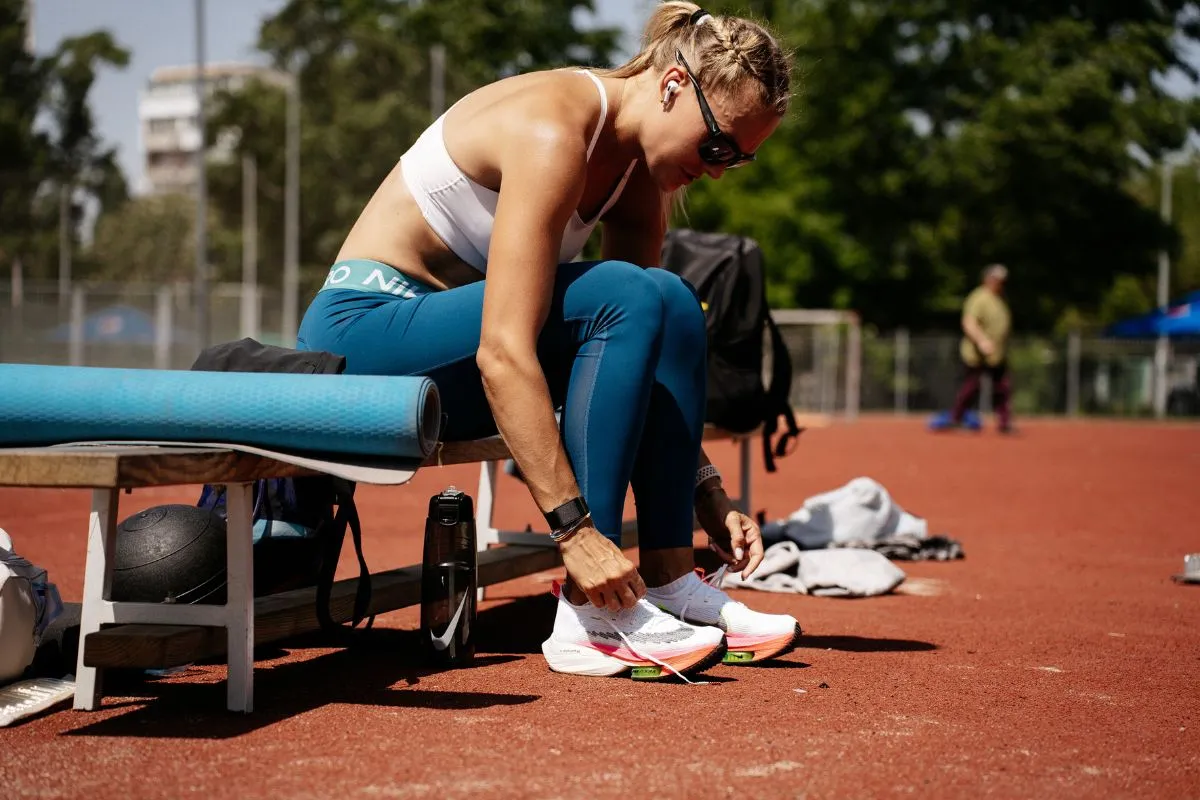
1. Physical Fitness
To run a sub-20 5K, you need to be in excellent physical shape. The first step towards achieving your goal is building your endurance. Incorporate a mix of interval training, tempo runs, and long runs into your training routine. Interval training involves short, intense bursts of speed followed by recovery periods, and it helps to improve your endurance and speed.
Tempo runs involve running at a steady pace, and they help to improve your lactate threshold, which is the point at which your body shifts to anaerobic metabolism. Long runs are crucial for building your endurance, and they help you get used to running longer distances. Additionally, strength training exercises can help you improve your running form and prevent injuries. Remember to take rest days to avoid overtraining.
2. Nutrition
Nutrition plays a crucial role in preparing for a sub-20 5K. Eating a balanced diet with carbohydrates, protein, and healthy fats can help fuel your body for training and races. Focus on consuming complex carbohydrates like whole grains, fruits, and vegetables to provide sustained energy. Carbs are the primary fuel source for running and help supply energy to your muscles. Protein is essential for muscle repair and recovery and helps prevent muscle breakdown. Healthy fats are important for overall health, and they help to provide energy and support cell growth.
Stay hydrated by drinking plenty of water throughout the day and during your runs. Dehydration can lead to fatigue, cramps, and reduced performance.
3. Equipment
Investing in the right running equipment can significantly impact your performance. Ensure you have a pair of running shoes that fit well and provide adequate foot support. Running shoes should be comfortable, lightweight, and provide cushioning to absorb shock.
Our Recommendation
ASICS Men’s Gel-Kayano 29 Running Shoes
These shoes offer a blend of comfort and stability. With a breathable mesh upper and Gel cushioning they provide a secure and plush fit. Available in various sizes, these shoes are ideal for runners seeking stability and support during their runs.
Material:
Breathable mesh upper.
Sole Material:
Gel cushioning for shock absorption.
Outsole:
Durable rubber with multi-directional traction.
Drop:
Moderate heel-to-toe drop for stability.
Special Features:
Dynamic DuoMax support for overpronation.
Type:
Stability running shoe.
Consider investing in moisture-wicking clothing that will keep you dry and comfortable during your runs. Additionally, wearing a good quality fitness tracker can help you monitor your progress and track your pace. It can provide valuable data about your heart rate, pace, distance, and calories burned, which can help you to monitor your progress and adjust your training accordingly.
Our Recommendation
Gydom Fitness Tracker with Alexa
Elevate your fitness journey with the Gydom Fitness Tracker featuring Alexa integration. This smartwatch seamlessly combines advanced health monitoring with convenient voice control.
Alexa Integration:
Hands-free voice control.
1.8″ Display:
Clear and vibrant touchscreen.
Step Counter:
Accurate step tracking for daily activity.
100 Sports Modes:
Comprehensive activity tracking.
Call Function:
Answer/make calls directly from the watch.
IP68 Waterproof:
Resistant to water and dust.
Compatibility:
Suitable for Android and iPhone.
Health Monitoring:
Blood oxygen, heart rate, sleep tracking.
4. Time to Recover
Allowing your body time to recover is just as important as training. When you push your body to its limits, it needs time to heal and rebuild. Make sure to get enough sleep each night, and consider incorporating activities like yoga or stretching into your routine to help your muscles recover. It can help to improve your flexibility, reduce muscle soreness, and improve your overall well-being.
5. Find Your Pace
Finding the right pace is critical to achieving a sub 20 minute 5k. Experiment with different starting paces during your training runs to find the optimal pace that works for you. Some runners prefer to start faster, while others prefer to start slower and gradually increase their speed. Starting too fast can lead to burnout and fatigue while starting too slow can result in a slower overall time. Finding the right balance between starting too fast and too slow and maintaining a steady pace throughout the race is important.
Training Plan for a Sub-20 5K Race
Completing a 5K in under 20 minutes is a significant milestone for many runners. To achieve this goal, it’s essential to have a well-structured training plan. Here you’ll find an 8-week training plan for beginners and a 4-week training plan for experienced runners.
Pro Tip:
The individual’s weight can play a significant role in causing injuries and back pain due to the vertical stress exerted on the body during running. This training plan allows to mitigate these risks and suit people with different fitness levels.
8-Week Sub 20 5k Training Plan for Beginners
If you’re new to running and want to complete a sub-20 5K race, this 8-week training plan is for you. This plan is designed to gradually increase your running volume and intensity while allowing enough recovery time to prevent injuries.
| Week | Monday | Tuesday | Wednesday | Thursday | Friday | Saturday | Sunday |
|---|---|---|---|---|---|---|---|
| 1 Week | 30 min easy run | 10’ (2’fast\2’slow) pace 5.30\6.30 | Easy recovery run, exercise for feet, core | Rest | Tempo run: 20’ pace 6.00 | Easy recovery run, exercise for feet, core, legs | Long recovery run\rest |
| 2 Week | 30 min easy run | 15’ (1’fast\2’slow) pace 5.30\6.30 | Easy recovery run, exercise for feet, core | Rest | Tempo run: 25’ pace 6.00 | Easy recovery run, exercise for feet, core, legs | Long recovery run\rest |
| 3 Week | 35 min easy run | 20’ (2’fast\3’slow) pace 5.00\6.00 | Easy recovery run, exercise for feet, core | Rest | Tempo run: 25’ pace 5.30 | Easy recovery run, exercise for feet, core, legs | Long recovery run\rest |
| 4 Week | 35 min easy run | 20’ (2’fast\2’slow) pace 5.00\6.00 | Easy recovery run, exercise for feet, core | Rest | Tempo run: 30’ pace 5.30 | Easy recovery run, exercise for feet, core, legs | Long recovery run\rest |
| 5 Week | 40 min easy run | 25’ (1’fast\2’slow) pace 5.00\6.00 | Easy recovery run, exercise for feet, core | Rest | Tempo run: 30’ pace 5.30 | Easy recovery run, exercise for feet, core, legs | Long recovery run\rest |
| 6 Week | 40 min easy run | 25’ (2’fast\3’slow) pace 4.30\5.30 | Easy recovery run, exercise for feet, core | Rest | Tempo run: 35’ pace 5.00 | Easy recovery run, exercise for feet, core, legs | Long recovery run\rest |
| 7 Week | 45 min easy run | 20’ (2’fast\2’slow) pace 4.00\5.00 | Easy recovery run, exercise for feet, core | Rest | Tempo run: 35’ pace 5.00 | Easy recovery run, exercise for feet, core, legs | Long recovery run\rest |
| 8 Week | 30 min easy run | 20’ (2’fast\1’slow) pace 4.00\5.00 | Easy recovery run, exercise for feet, core | Rest | Tempo run: 30’ pace 4.30 | Easy recovery run, exercise for feet, core, legs | Long recovery run\rest |
4-Week Sub 20 5k Training Plan for Experienced Runners
If you’re an experienced runner and want to achieve a sub-20 5K race, this 4-week training plan is for you. This plan focuses on speed and intensity with shorter, more intense workouts.
| Week | Monday | Tuesday | Wednesday | Thursday | Friday | Saturday | Sunday |
|---|---|---|---|---|---|---|---|
| 1 Week | 40 min easy run | 25’ (1’fast\2’slow) pace 5.00\6.00 | Easy recovery run, exercise for feet, core | Rest | Tempo run: 30’ pace 5.30 | Easy recovery run, exercise for feet, core, legs | Long recovery run\rest |
| 2 Week | 40 min easy run | 25’ (2’fast\3’slow) pace 4.30\5.30 | Easy recovery run, exercise for feet, core | Rest | Tempo run: 35’ pace 5.00 | Easy recovery run, exercise for feet, core, legs | Long recovery run\rest |
| 3 Week | 45 min easy run | 20’ (2’fast\2’slow) pace 4.00\5.00 | Easy recovery run, exercise for feet, core | Rest | Tempo run: 35’ pace 5.00 | Easy recovery run, exercise for feet, core, legs | Long recovery run\rest |
| 4 Week | 30 min easy run | 20’ (2’fast\1’slow) pace 4.00\5.00 | Easy recovery run, exercise for feet, core | Rest | Tempo run: 30’ pace 4.30 | Easy recovery run, exercise for feet, core, legs | Long recovery run\rest |
Whether you’re a beginner or an experienced runner, having a well-structured training plan is key to achieving your goal. Use the above training plans as a guide and adjust them to your fitness level and personal schedule. Don’t forget to add strength training to boost your leg muscles and rest days for a good recovery.

How to Run a 5K in 20 Minutes According to the Training Plan?
A well-designed training plan will help you build endurance, speed, and strength, essential for running a 5k in 20 minutes. Your training plan should include a mix of easy runs, tempo runs, interval training, and strength training. It’s also important to gradually increase your mileage and intensity to avoid injuries and burnout.
Pro Tip:
Consider running in the morning to minimize the risk of injuries and enhance the overall health benefits of your running routine.
3 Main Tips for Running a 5k in 20 Minutes
- Incorporate interval training: Interval training is an effective way to boost your speed and endurance. It involves running quickly for a short period, followed by a recovery period. Start with shorter intervals, such as 200m or 400m, and gradually increase the distance and speed. Aim to do interval training once or twice a week.
- Focus on strength training: Strength training is crucial for building the muscles needed for running. It can help reduce the risk of injury and improve your overall performance. Focus on exercises that target your legs, core, and upper body. Some good exercises include squats, lunges, push-ups, and planks.
- Rest and recovery: It is essential for allowing your body to heal and rebuild after intense workouts. Aim to get at least 7-8 hours of sleep every night and take rest days when needed. You can also incorporate active recovery, such as yoga or stretching, to help reduce muscle soreness and improve flexibility.
Frequently Asked Questions About Sub 20 5k Training Plan
How Many Miles per Week for Sub-20 5K?
If you want to run a sub 20 minute 5k, you’ll need to work! While there’s no one-size-fits-all answer to this question, most runners aiming for a sub-20 5k must run at least 30-40 miles weekly. It’s important to gradually increase your mileage over time to avoid injury.
How Hard Is a 20 Minute 5K?
Completing a sub 20 5k requires a lot of hard work and dedication. It’s considered a very good time for most runners. To improve your time, focus on interval and speed workouts to increase your endurance and pace. Don’t forget to rest and recover properly.
Can I Run 5K in Under 20 Minutes?
You must improve your speed and endurance if you want to run a sub 20 minute 5k. You should train regularly, increase your mileage gradually, and incorporate interval training and tempo runs into your routine.
How to Prepare for Sub 20 5k Distance: Final Tips
Achieving a sub 20 minute 5k time requires hard work, but it’s possible with the right training plan. Consistency, incorporating speed workouts, strength workouts, and cross-training are all essential elements of a successful sub 20 5k training plan.
Focus on building your endurance, eating a balanced diet, investing in the right equipment, allowing time for recovery, and finding the right pace. With patience and persistence, you can cross the finish line of the sub 20 5K race. Listen to your body, rest when needed, and stay motivated. Good luck on your sub 20 5k journey!
Also read:
- Is a 7 Minute Mile Good
- How Many Minutes Is 4 Miles
- Sore Calf After Running
- Running With Ankle Weights
- Running With A Weighted Vest
- How Many Steps Is A 5K
- How Long Is A 10K Race
- Running vs Sprinting
References:
- Modelling 5-km Running Performance on Level and Hilly Terrains in Recreational Runners // PMC: https://www.ncbi.nlm.nih.gov/pmc/articles/PMC9138284/
- An empirical study of race times in recreational endurance runners // PMC: https://www.ncbi.nlm.nih.gov/pmc/articles/PMC5000509/
- Six Sessions of Sprint Interval Training Improves Running Performance in Trained Athletes // PMC: https://www.ncbi.nlm.nih.gov/pmc/articles/PMC5839711/
- Influence of Shoe Mass on Performance and Running Economy in Trained Runners // PMC: https://www.ncbi.nlm.nih.gov/pmc/articles/PMC7538857/
- Four Weeks of Sprint Interval Training Improves 5-km Run Performance // PubMed: https://pubmed.ncbi.nlm.nih.gov/25647646/
- Explosive-strength training improves 5-km running time by improving running economy and muscle power // PubMed: https://pubmed.ncbi.nlm.nih.gov/10233114/
If you have any questions or suggestions, you can contact us via email – [email protected]

